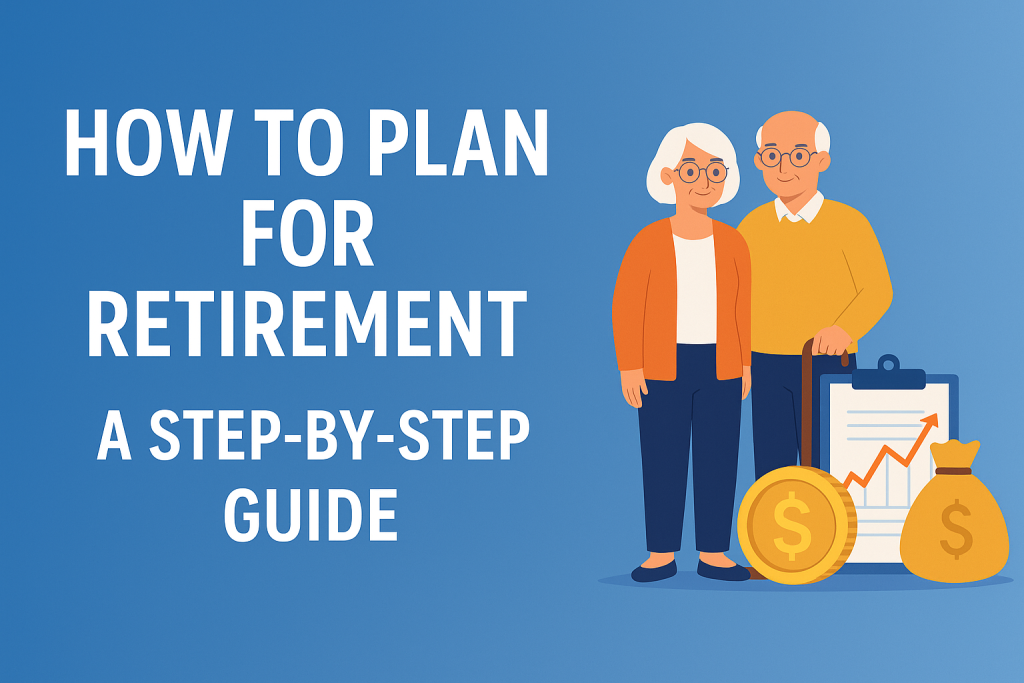Planning for retirement may feel overwhelming, but the earlier you start, the easier it becomes. Whether you’re just beginning your career or approaching retirement age, having a solid plan in place can help you achieve financial freedom and peace of mind. In this guide, we’ll break down the basics of retirement planning, offer practical retirement savings tips, and provide a roadmap for how to retire comfortably.
Step 1: Define Your Retirement Goals
What Does Retirement Look Like for You?
Everyone’s vision of retirement is different. Do you want to travel the world, downsize to a smaller home, or spend time with family? Your lifestyle choices will influence how much money you’ll need. Think about where you’ll live, your hobbies, and any major expenses you anticipate. This clarity will shape your savings targets and investment strategy.
Step 2: Calculate How Much You’ll Need
Estimate Future Expenses
A common rule of thumb suggests aiming for 70-80% of your pre-retirement income to maintain your lifestyle. However, it’s best to create a detailed budget for your retirement years, including housing, healthcare, travel, and other personal goals. Don’t forget to factor in inflation and potential medical costs as you age.
Consider the 4% Rule
The 4% rule suggests you can withdraw 4% of your retirement savings each year without running out of money over a 30-year retirement. While it’s a helpful starting point, adjust based on your risk tolerance, life expectancy, and market conditions.
Step 3: Build Your Retirement Savings
Start Early and Contribute Consistently
One of the most effective retirement savings tips is to start saving as soon as possible. The power of compound interest means that even small contributions can grow significantly over time. Aim to contribute regularly to retirement accounts like a 401(k), IRA, or Roth IRA.
Maximize Employer Contributions
If your employer offers a retirement plan match, take full advantage of it. This is essentially free money that boosts your savings and accelerates your path to retirement.
Diversify Your Investments
A smart retirement planning strategy includes a diversified portfolio of stocks, bonds, and other assets. Your asset allocation should reflect your time horizon and risk tolerance—typically more aggressive in your younger years and more conservative as you near retirement.
Step 4: Adjust Your Plan Over Time
Review Your Progress Annually
Life changes, and so should your retirement plan. Review your savings, investments, and goals at least once a year. Adjust your contributions, rebalance your portfolio, and update your plan based on major life events like marriage, children, or career changes.
Consider Professional Guidance
If you’re unsure about your plan, consult a financial advisor. They can help create a personalized retirement roadmap, optimize your investment strategy, and ensure you stay on track toward your goals.
Final Thoughts
Knowing how to retire comfortably takes careful planning, consistent saving, and a long-term mindset. By setting clear goals, understanding your expenses, and following these retirement savings tips, you’ll be better prepared for the future you envision. Remember, the best time to start retirement planning is today—so take that first step toward your financial future now.


